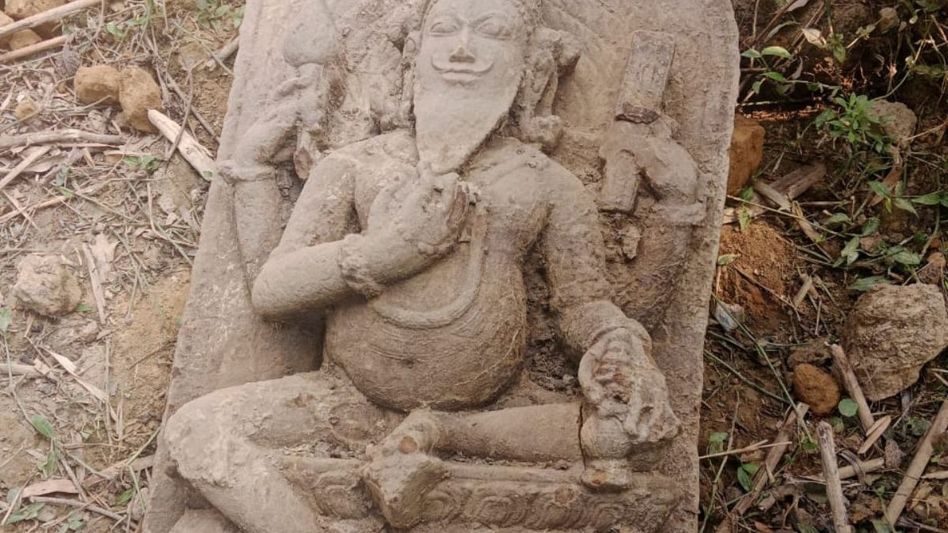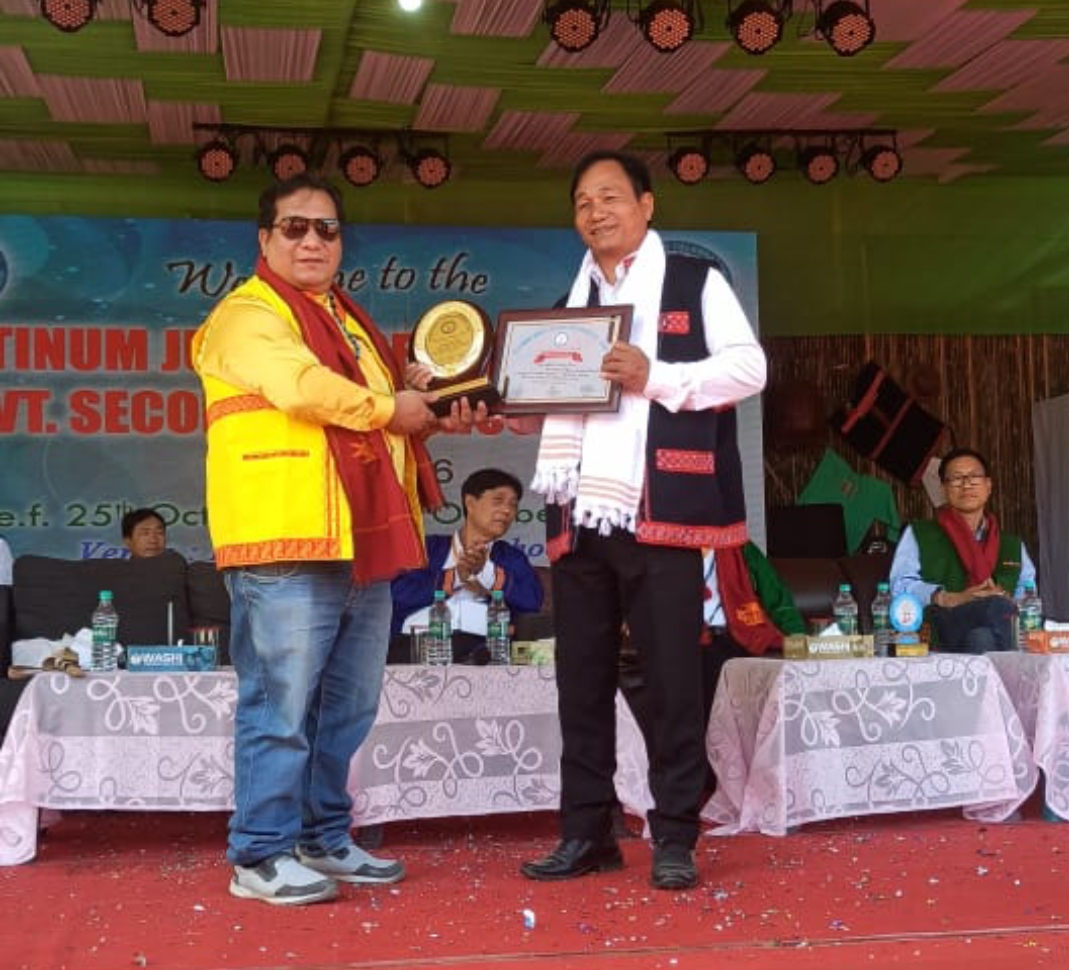#Unakoti #Tripura #LordBrahma #Archaeology #CulturalHeritage
Discovery of the Lord Brahma Sculpture
In a remarkable archaeological development, an ancient sculpture depicting Lord Brahma has been discovered at the Unakoti heritage site in Tripura. This significant find sheds new light on the region’s rich cultural and religious history.
Unakoti: A Treasure Trove of Rock-Cut Art
Unakoti, translating to “one less than a crore” (i.e., 9,999,999), is renowned for its vast collection of rock-cut sculptures and reliefs dating back to the 7th to 9th centuries CE. The site features colossal bas-reliefs of Hindu deities, including Shiva, Parvati, Ganesha, and now, notably, Brahma. These sculptures are intricately carved into the hillsides, showcasing a unique blend of artistic expression and religious devotion.
Significance of the Brahma Sculpture
The newly unearthed Brahma sculpture adds a vital piece to the puzzle of Unakoti’s historical and religious significance. While the site predominantly features Shaivite imagery, the presence of a Brahma sculpture indicates a more diverse religious influence, suggesting that the area was a melting pot of various Hindu traditions.
Preservation Efforts and UNESCO Recognition
The Archaeological Survey of India (ASI) has been actively involved in preserving and promoting Unakoti’s heritage. In December 2022, the site was added to UNESCO’s tentative list of World Heritage Sites, highlighting its outstanding universal value. This recent discovery of the Brahma sculpture further emphasizes the need for continued conservation efforts to protect and study these invaluable cultural artifacts.
Conclusion
The discovery of the ancient Lord Brahma sculpture at Unakoti not only enriches our understanding of the site’s historical and religious context but also underscores the importance of ongoing archaeological research and preservation. As efforts continue to safeguard this heritage, Unakoti stands as a testament to India’s diverse and intricate cultural tapestry.




















